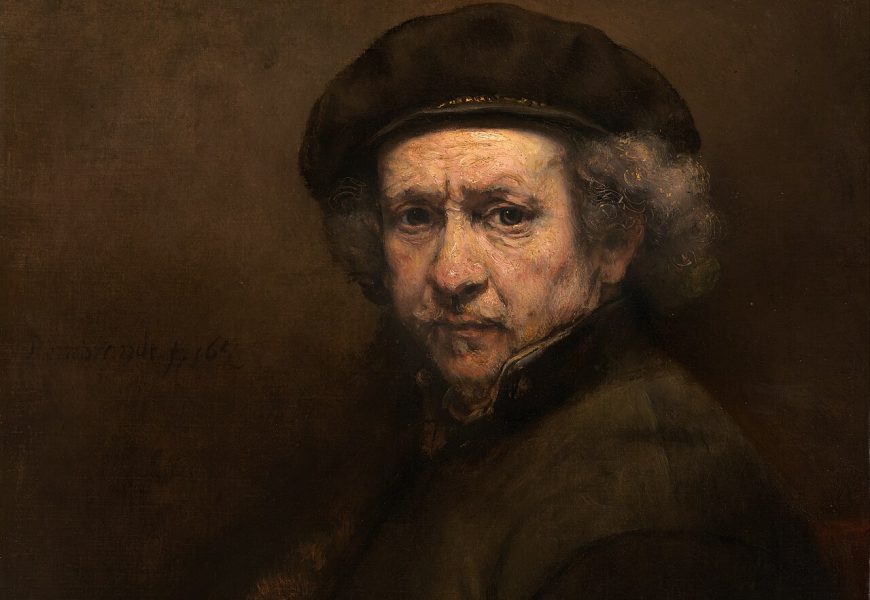Rembrandt Harmenszoon van Rijn (July 15, 1606 – October 4, 1669) was a Dutch painter, draftsman, and printmaker, widely regarded as one of the most significant figures in European art history. Born in Leiden, Netherlands, Rembrandt was the ninth child of Harmen Gerritszoon van Rijn, a miller, and Neeltgen Willemsdochter van Zuytbrouck, a baker’s daughter. His family’s relative prosperity allowed them to provide him with a formal education. He attended the Latin School in Leiden, where he studied biblical texts and classical literature, which later influenced his artistic themes.
At the age of 14, Rembrandt enrolled at the University of Leiden, a notable achievement for a miller’s son. However, his passion for art led him to leave academia and pursue painting. He apprenticed under local master Jacob van Swanenburgh and later studied with Pieter Lastman in Amsterdam, who introduced him to the techniques of history painting and the use of dramatic lighting.
By 1625, Rembrandt returned to Leiden and established his own studio. His early works garnered attention for their meticulous detail and innovative use of light and shadow, known as chiaroscuro. In 1631, seeking greater opportunities, he moved to Amsterdam, where he quickly gained prominence as a portrait painter. His ability to capture the essence of his subjects made him highly sought after by the city’s elite.
Throughout his career, Rembrandt produced approximately 100 self-portraits, including paintings, etchings, and drawings. These works offer a profound insight into his personal and artistic development over four decades. Notably, his 1659 self-portrait, created at the age of 53, reflects a contemplative and introspective demeanor, showcasing his mastery in rendering human emotion and the effects of aging.
Despite his professional success, Rembrandt faced personal tragedies, including the deaths of his wife, Saskia van Uylenburgh, and three of their children. These losses profoundly affected his work, leading to more introspective and somber themes. Financial difficulties also plagued his later years, culminating in bankruptcy in 1656. Nevertheless, his artistic output remained prolific, and he continued to teach and influence a generation of Dutch artists.
Rembrandt’s oeuvre encompasses a wide range of subjects, from portraits and self-portraits to landscapes, genre scenes, and biblical narratives. His deep empathy for the human condition and his innovative techniques have left an indelible mark on the art world, solidifying his legacy as a master of the Dutch Golden Age.
[mc4wp_form id="5878"]




